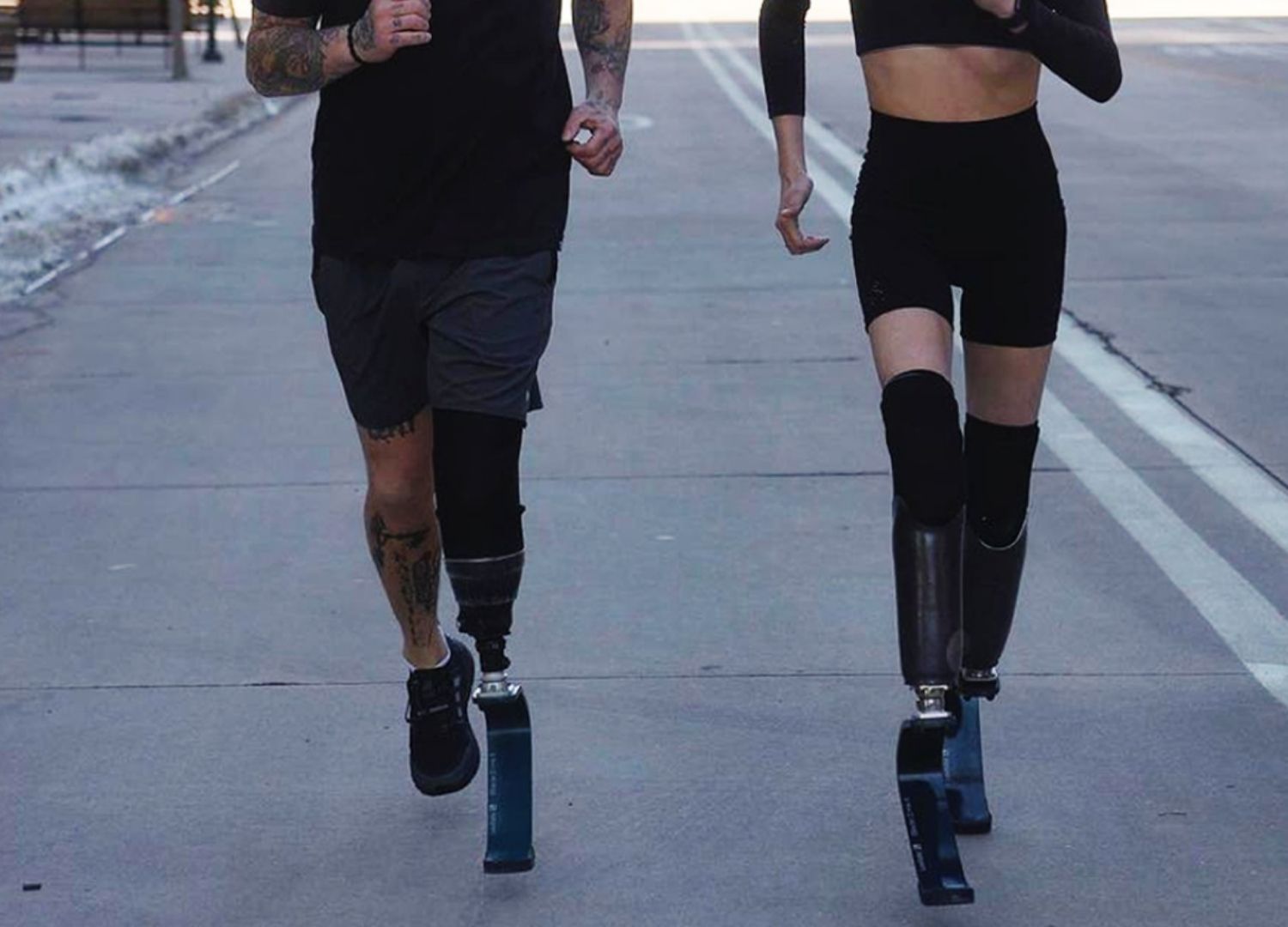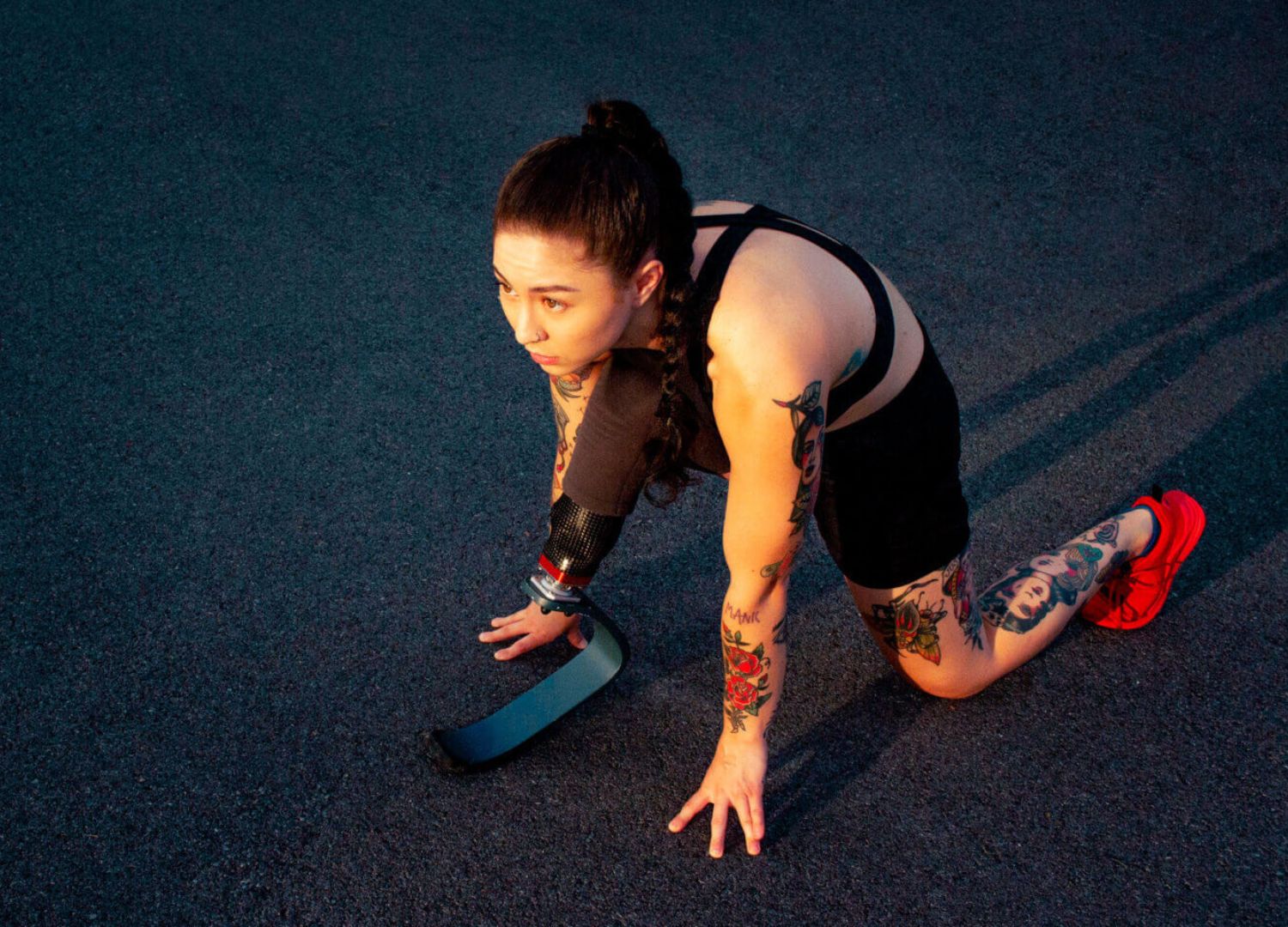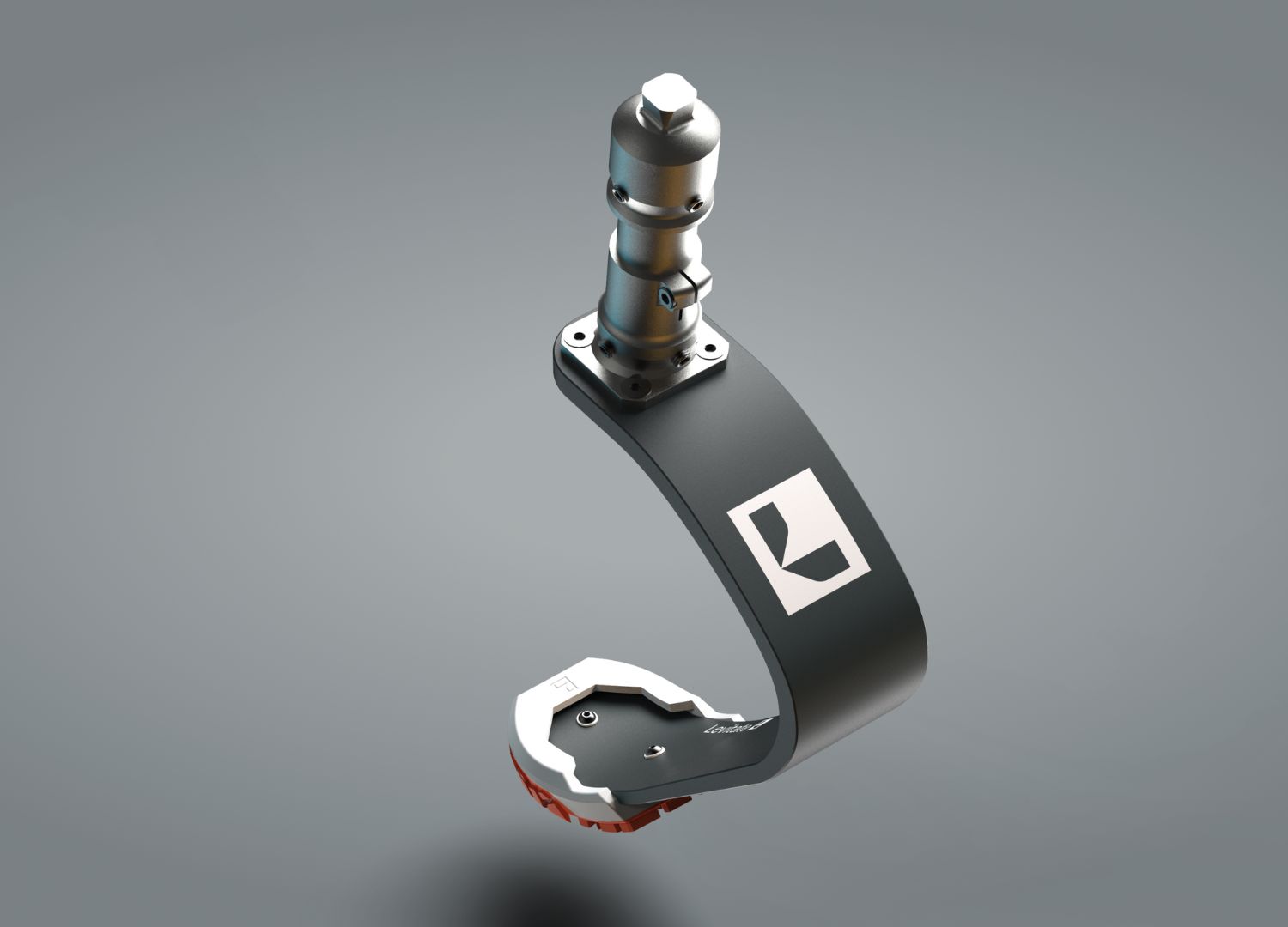Lasse Madsen of Levitate on how to design a prosthesis that easily adjusts to any body
KEY TAKEAWAY:
Due to costs, sport blades are normally the preserve of athletes who suffer an amputation. Yet many more amputees wish to practice a sport for leisure. Lasse Madsen founded Levitate to offer an affordable and flexible design solution to this need

Levitate blades address a number of problems that any active person who suffered an amputation due to a traumatic event face in daily life.
- healthcare or insurance system access
- high costs and hidden fees
- scarcity of prosthesis typologies
- scarcity of prosthesis access
- long operations of testing, without a sure result
Levitate revolutionized the process resolving all the above, specifically for what concerns sport blades.
Danish designer and engineer Lasse Madsen created a modular prosthesis that easily adjusts to any body.
An affordable, self mounting, durable and user driven sport gear for all amputees, not just paralympic athletes.
It costs about 2.000 USD, it is sold online and it comes with a mounting kit that allows the user to self manage the fitting.
Three sizes address any needs thanks to a modular mounting system that serves the perfect adjusting to the user’s leg.
The instructions are contained in a five minutes video that encourages testing the blade and adding or removing the height modules to find the best individual fitting and performance. If the video is not enough, users may get remote help by appointment directly from Levitate staff.

The origin of the idea is in Madsen’s biography
“I lost my leg due to a car accident about twenty years ago,” explains Lasse Madsen. “I was fourteen and a gymnast waiting to attend an athletic boarding school nine months later.”
Sport boarding schools are very common in Denmark and they give the possibility to practice a discipline on high standards while matching it with ordinary education.
“When I realized my leg was gone, I asked the doctors if I would be able to attend to it anyway. Initially the doctors were skeptical, but they managed to find a prosthetic solution. But it wasn’t the right one and of course I never became a pro”.
Let’s be clear: what is a prosthesis?
Why did that prosthesis work for Lasse Madsen?
In order to find out we need to quickly dive into the amputees world and start with the basic question: what is a prosthesis?
A prosthesis is a substitutive limb that fits the body thanks to a socket.
You can figure it: it is a soft casing in which you insert the arm or the lower leg.
In ordinary life people wear a prosthesis ending in the form of a “foot”, onto which they fit the shoe. There are different kinds of “feet”, so that you can wear different kinds of shoes: high heels or flat ones.
With this ordinary prosthesis you can move, walk, sit, stand, climb the stairs, etc. But you can not play any kind of sport because the limb doesn’t grant the right mobility and freedom of performance.

Sport blades on the contrary are designed to have a movement return response thanks to their shape and the material flexibility.
They are usually made of carbon fiber, which is a very strong and springy material ensuring higher performances.
An ordinary delusional tale
This is a very common tale, apparently. Sport blades are used almost exclusively by paralympians, but not all the people who got through an amputation are sport pros.
Most of them are just active people who want to remain so, people who practice a sport on an ordinary basis or want to play with their kids in the garden.
“I finally decided to become an engineer and, after graduating, I worked for some years in an industry. I gave up sports to do something else,” says Madsen.
Going back to sport was part of the plan, but blades would never be affordable to him. Actually they can cost like a little car.
So the engineer decided to solve the problem DIY.
Back to active amputees
“I started with a very clear idea: I wanted to be able to practice sports,” Madsen recalls.

“I did research on materials, typologic issues and the production process.
Everything was against the idea that a blade prosthesis should be affordable for the average sporty Joe”, continues Madsen.
“Long journeys to find the right prosthetists, deluding results, high costs, scarcity of insurance or healthcare systems support: all of this was typically part of a psychologically disabling process”.
The solution was in a simpler manageable product, something economically affordable and easy to adjust, delivered directly to the end users address.
The question was: How to get there? Madsen followed five steps.
Step one: expectations and desires
Collaborative design is a very common practice in product research.
Madsen figured that he could reach out to other amputees through the social networks and listen to their desires and expectations.

“I asked them if they wanted to join the design process and they were enthusiastic. It’s their body they were working on, took care of. It was like taking a stand for one’s own right to be a whole person: if not us, then who would take care of it?,” remembers Madsen.
This was a very important part of the process.
It gave him a very precise frame of the problem and he understood that there was a niche for his idea that would meet not only his needs but that of many people in analogue condition.
Step two: functional flexibility
He designed a modular adjustable system, which solves the main concerns of prosthesis.
“After an amputation the journey to recovering and getting back to the most possible normal life is long. The body continuously changes, the movements adjust. Prosthesis are not so functionally flexible, so it was clear that a new one should fit the changes a body goes through”.
Levitate modular composition increases or decreases the height of the clearance (the space between the socket and the sole) through a very simple, DIY operation.
Step three: materials
Material is a big issue, talking about prosthesis price. Blades are usually made of carbon fiber, a typical aerospatial industry choice.
“I turned to fiberglass, which is less resistant but has higher flexibility performance and is far less expensive. Actually I used it for the first prototypes and gave one of them to a very expert runner in Copenhagen. He gave me a very encouraging feedback, because you need carbon fiber resistance and stiffness for professional use, but fiberglass is far more comfortable for everyday use.
I reached the Technical University of Denmark and they were interested in developing the project. They also have the best composite engineers and the best testing labs of the country. The material responded very well to dynamic, weight, resistance and resilience tests. They were performed both on people (right here in our workshop) and on machines, hundreds of times to mimic hundreds of marathons or hours of any other sport.”
“The first prototype was big and clunky” says Madsen. “But we spent a year and half refining, tuning, and testing. And now we are actually at a level where it’s an easy tradeoff to make for the average person. You’re giving up a small amount in performance, but the cost is a lot less.”

Step four: scalability
Costs are inherently dependent on the production process. Scalability of a product is one of the main parts of the design process.
Ordinary blades are seldom industrially produced because there are few users. But Madsen understood that there are thousand of sportive amputees out there, who would happily become Levitate users.
Scalability wasn’t an impossible path, but a smart solution to decreet economical affordability to all the people who wanted an active life even if as amputees.
Step five: the gravel sole for more performance
When Levitate settled in and we began to sell it, I realized that many people were based in mountain environments. They loved to climb or to trek. So we designed an alternative, more gripping sole that fits any ground giving more stability and force to the movement,” says Madsen.

The gravel sole adapts to any sports that calls for a mobile ankle, even trial or hiking.
The right partners for R&D? University and its hi tech composite engineers
The Composite Engineer faculty has a little start-up project. I went to them with a first functioning prototype and they were interested in developing the idea.
Levitate’s office is still inside the university department and we were able to do a thorough research on the material and submit the blade to tests inside the best equipped labs.
The target
Amputees numbers are rising due to more car accidents and the epidemic spreading of diabetes type 2.
The latter group is usually not interested in an active life, because of health issues.
But there are a number of traumatic amputees that are able to do sports.
Usually the industry doesn’t get to develop the correct product for them because it is considered a niche in the niche.
“But it is not really like that, indeed. You need a precise attitude to settle into the solution Levitate proposes, but I found out that it is not such a small target. If you offer a simply manageable and affordable product, you encourage a silent group who has renounced to go back to sports,” explains Madsen.








